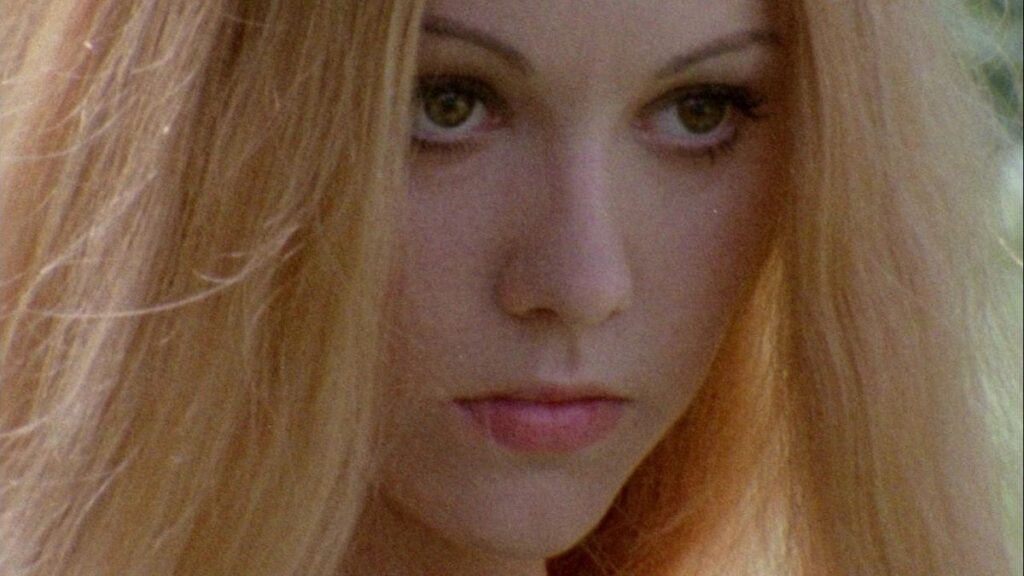
Leptirica (1973) is a made-for-television horror film best known for being the first film of that genre produced in what is now the former Yugoslavia. At just over one hour long, the film is highly economical in its adapting of Milovan Glišić’s novel After Ninety Years (1880). Glišić’s novel looked at the legacy of the Sava Savanović legend; the most famous vampire myth in Slavic culture.
The film opens with a miller being murdered by some vampiric monster whom the residents of Bajina Bašta assume is a resurrected Sava Savanović. As paranoia and superstition propel the men of the village into a clumsy and often comical investigation into Savanović, a familiar love story plays out in juxtaposition. The young man, Strahinja (Petar Božović) is madly in love with the village beauty Radojka (Mirjana Nikolić), but her father Zivan (Slobodan Perović) forbids their marrying. Writer and director Đorđe Kadijević balances these juxtaposing narratives seamlessly. When the two plots finally connect as the villagers aid Strahinja in “stealing” Radojka from her father, Leptirica delivers its famous plot twist that subverts the norms of vampire folklore.
The breathtaking scenery and bird songs of the Drina river valley pervades the film, unifying both narratives within a single space. Kadijević uses nature as a means of grounding the action of the film in an insular location; cutting the world of Bajina Bašta off from the rest of civilization. Likewise, the monster that Radojka becomes feels very much an extension of the natural world. As if her appearance and the threat that she poses the villagers was nothing more than inevitable. In folklore the mysteries of the forest and the wilderness beyond the village or castle walls is a constant. Folk tales were, in many ways, meant to encourage the listener or reader not to venture from the path and to respect the power and wonder of the natural world.
Kadijević’s direction of Leptirica effectively evokes a subtle tension and, when appropriate, a sense of the macabre. Leptirica may be somewhat hindered by being a television movie (the image must always be so bright), but that doesn’t mean it is without style. Kadijević composes his images primarily as wide shots in open spaces that make the characters appear small against the backdrop of the Bajina Bašta countryside. When the vampire attacks the mill, Kadijević renders the violence in a series of rapid close-up shots that obscure the image of the monster while bringing the bloody carnage to the forefront.
Leptirica, in the tradition of Eastern European fairytale and folktale movies, marks a move away from the lavish expressionism and high stylization of Valerie And Her Week Of Wonders (1970) and Viy (1967). Leptirica moves more in the direction of gritty realism; the prevailing style of the moment. It’s a compelling and often overlooked film that points to the direction that folklore inspired films of the seventies, like Jeder für sich und Gott gegen alle (1974), would begin to take.
